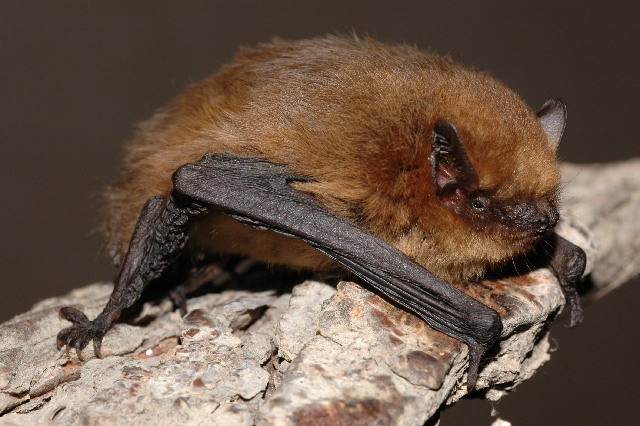esearchers at the University of the West of England present the first evidence of the negative impacts of music festivals on bat activity, finding loud music playback alone is enough to cause significant disturbance to several bat species. Highlighting the importance ofensuring policy guidance keeps up with growing evidence on the impacts of human disturbance on local wildlife.

The researchers found that even in the absence of additional anthropogenic factors commonly associated with music festivals such as lighting and habitat disturbance, loud music playback alone is enough to disturb several bat species. Their findings are published in the British Ecological Society Journal Ecological Solutions and Evidence.
Focusing on habitats that mirror the conditions of music festivals, the researchers observed declines in nightly bat activity along woodland edges of 47% in Nyctalus/Eptesicus species when exposed to loud music. Even the more tolerant P. pipistrellus species activity decreased their activity by 32% during periods of music playback.
Jack Hooker, a postgraduate researcher at the University of the West of England and lead author of the paper said: "Our study is an important addition to a sparse evidence base detailing the impacts of this type of noise pollution on UK wildlife, that will hopefully aid in the implementation and enforcement of policies relating to noise levels."

Nocturnal species are heavily reliant on sound to glean important environmental information for many aspects of their life, including navigation, finding food, mating, and avoiding predation. Changing soundscapes can therefore hinder an animal's ability to recognise and differentiate between important natural acoustic cues in their environment, disrupt social communication, and reduce the distance over which acoustic signals are perceived - reducing functional landscape connectivity and exacerbating impacts of habitat fragmentation (breaking habitats down into smaller, less connected fragments).
Music festivals have become ubiquitous in the UK and are increasingly being held in places that are important for local wildlife
Most ecologists are aware of the damaging impacts habitat fragmentation has on our native landscapes, both on the ecosystems themselves as well as the communities that rely on them. However, research and planning policy often focuses on permanent alterations such as tree clearing or hedgerow removal, with more nuanced temporary disturbances being overlooked and requiring little to no mitigation when it comes to biodiversity protections.
Jack Hooker said: "Given that music festivals have become ubiquitous in the UK and are increasingly being held in places that are important for local wildlife, it is imperative that guidance relating to their planning and implementation is evidence-based and fully protects local biodiversity from any potential negative impacts if we are to share these habitats with wildlife in a sustainable manner."
To assess the impacts of loud music on bat activity the authors considered 10 sites in southwest England and South Wales between August and September 2021. Dark semi-natural landscapes located along woodland edges adjacent to grassland or pasture habitats were selected to resemble the conditions of UK festivals.
At each site, the experiment was conducted over two nights - a quiet (control) night, and a night with loud music playback at volumes reaching 100 dB comparable to noise levels at UK music festivals. Five common songs, each representing a different music genre and featuring different tempos and frequencies, were stitched together to produce ten minutes of music medleys. For two hours after sunrise, noise alternated between this musical medley (average volume 98.74 dB) and ten minutes of ambient background noise (average volume 42.82 dB). Bat activity was recorded at the woodland boundaries roughly 2m from the speakers, and at additional distances of 20m and 40m to study noise disturbance impacts at a range of distances and volumes.
Music festivals undoubtedly affect bat activity, but steps such as making quiet hedgerows available could really make a difference
Through this experimental approach Jack Hooker and their colleagues at the University of the West of England have started to disentangle the impacts on bats of individual aspects of music festivals.
Jack Hooker stresses these findings are particularly important as real music festival scenarios include multiple music sources, playing consistently over a longer time frame and across wider ranges of habitats – all of which will likely emphasise the impacts on bats.

Dr Emma Stone, Lecturer at the Milner Centre for Evolution at the University of Bath, said: "Music festivals undoubtedly affect bat activity, but steps such as making quiet hedgerows available could really make a difference in reducing negative impacts."
Looking to the future, Jack Hooker spoke of hopes of expanding the experiment to include a range of different habits and locations.
"There may be additional environmental elements at play which may make bat species more or less willing to tolerate our late-night partying."






